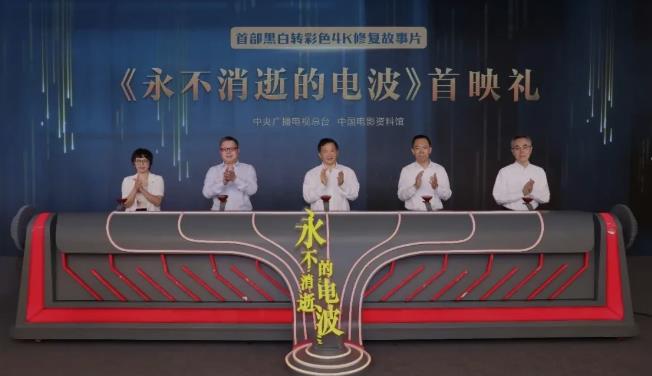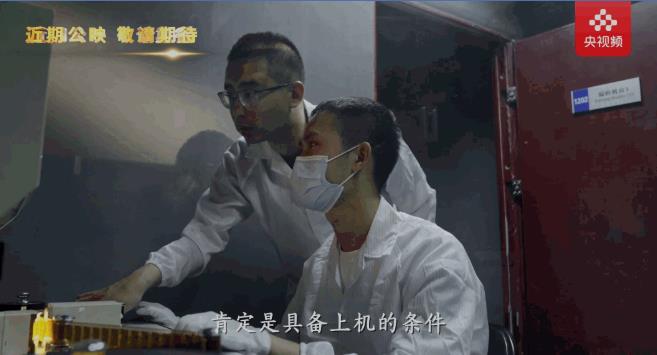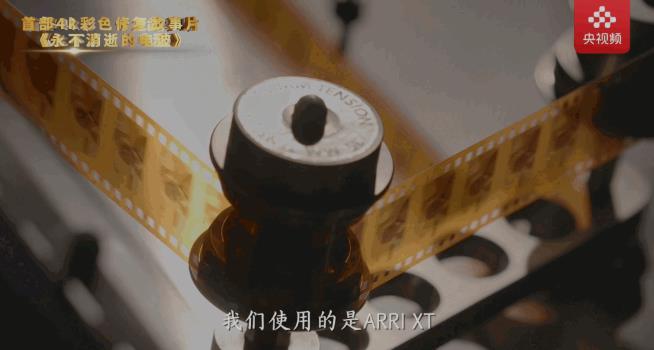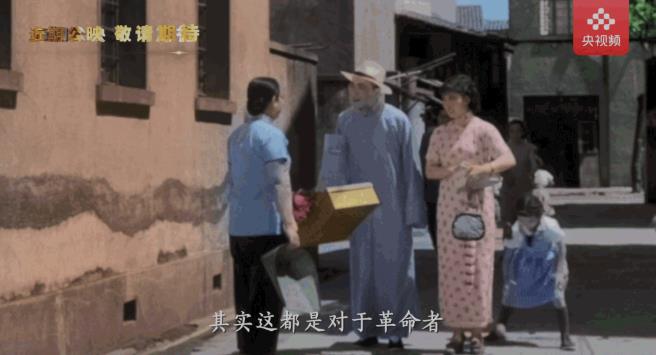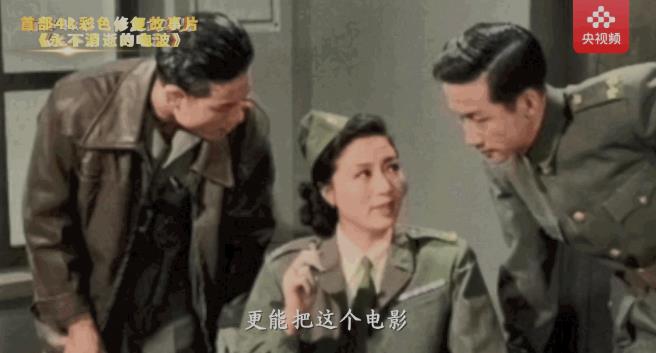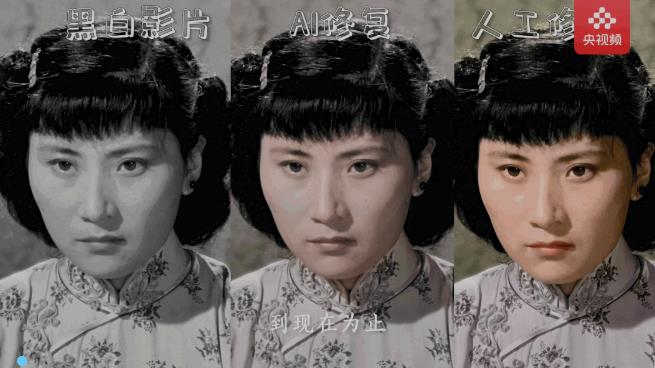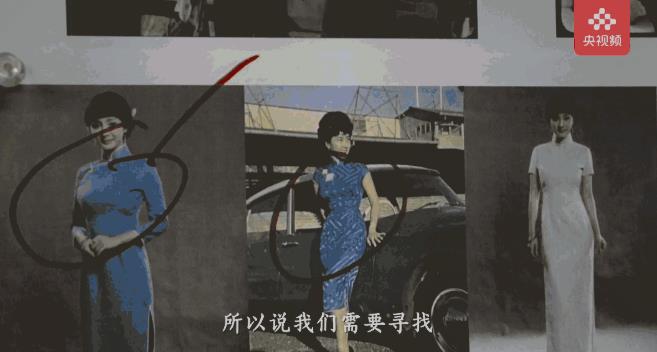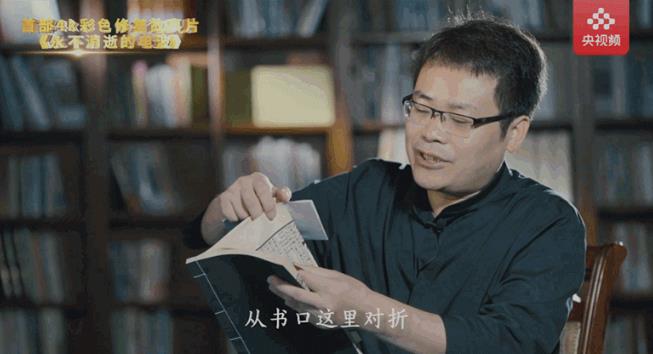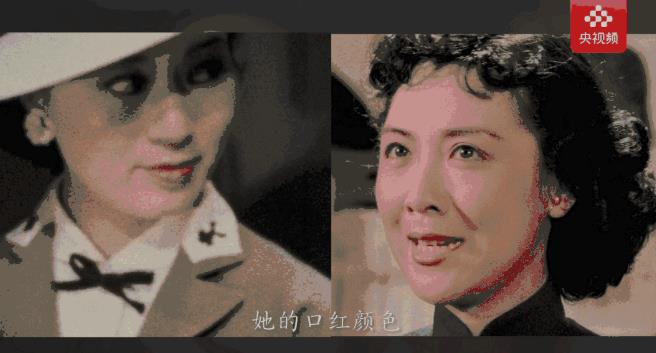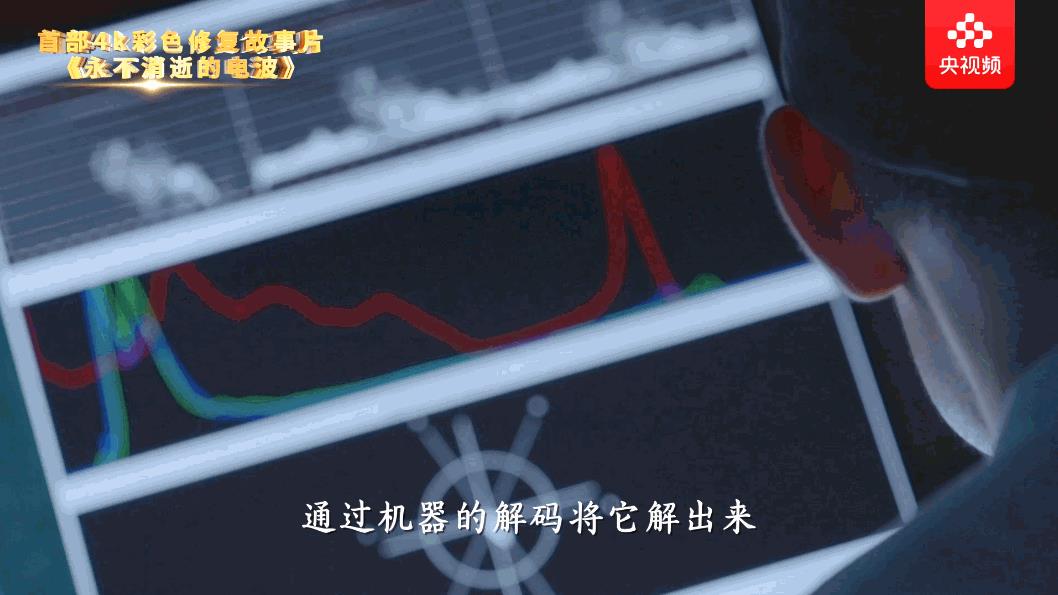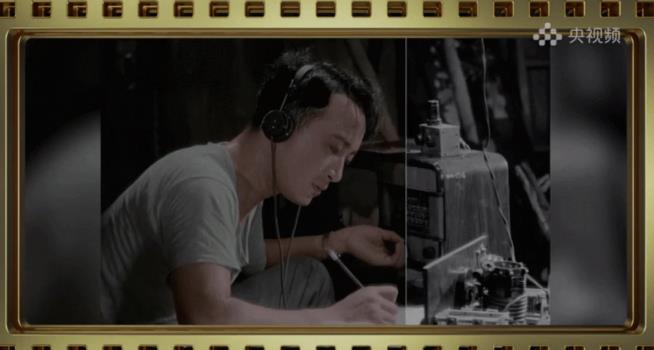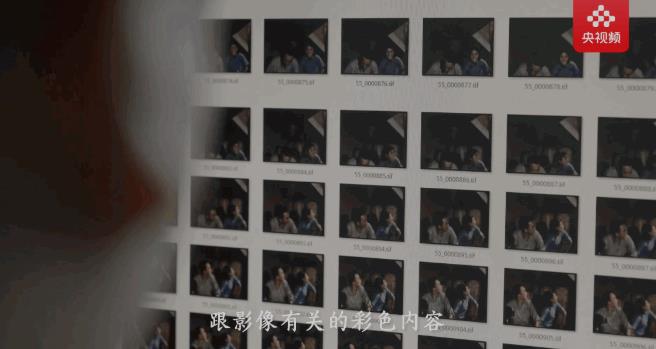BEIJING, August 28 (Xinhua) Du Wanhua, a full-time member of the Judicial Committee of the Supreme People’s Court, said today that the fourth judicial interpretation of the company law is not only a clear protection of shareholders’ rights, but also a corporate governance mechanism. The internal autonomy of the company, the judiciary can not intervene, including public power can not intervene; When the corporate governance mechanism is destroyed, the judiciary should intervene. For example, profit distribution, how much and how to divide it, is a problem of corporate autonomy, but if there is no division or deliberate division, which harms the interests of shareholders, the judiciary will intervene.
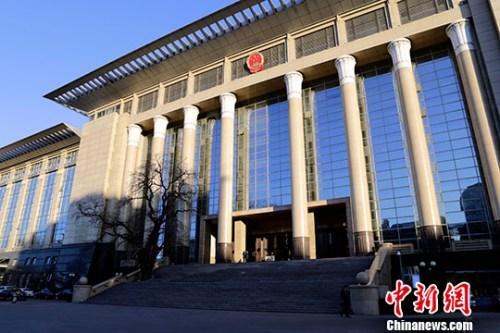
China News Service reporter Cice Li photo
On the morning of 28th, the Supreme People’s Court held a press conference, released the Provisions of the Supreme People’s Court on the Application of Certain Issues (IV) and answered questions from reporters.
A reporter asked: The core content of the Judicial Interpretation issued this time is to standardize corporate governance. What kind of significant impact will this Interpretation have on the legalization process of corporate governance after its implementation?
Du Wanhua said that the fourth judicial interpretation of the Company Law starts with the protection of shareholders’ rights. But it is not only the protection of shareholders’ rights, but also the corporate governance mechanism.
In fact, in accordance with the company law, including the General Principles of Civil Law promulgated in March this year, in the part of profit-making legal person, the company and the organization of its modern enterprise are specifically stipulated. Strictly speaking, the company law itself is an organization law. This organic law stipulates three major institutions, the first is that the authority is the shareholders’ meeting, and the second is that the executive body is mainly the board of directors and other senior managers. The third is the board of supervisors, some of which have no board of supervisors but only supervisors, but even a single supervisor appears in the name of a supervisory body.
The establishment of these three institutions constitutes the basic framework of modern enterprise system, and the current companies and the General Principles of Civil Law stipulate their responsibilities, rights and operations. If this regulation is strictly implemented, our modern enterprise system can be established.
But in real life, as I said when I answered the first question just now, there are 28 million enterprises in China, and only a few of them have been fully implemented according to the company system. This Judicial Interpretation starts with shareholders’ rights. At the beginning, it not only clearly protects shareholders’ rights in accordance with the provisions of the law, but also pays considerable attention to balancing the relationship between shareholders, shareholders and directors, including shareholders’ meeting and board of directors, and shareholders and the company. Shareholders’ rights should be safeguarded, but so should the company’s rights. Shareholders’ rights cannot be absolute, and the company’s rights cannot be absolute, so it should be protected according to the law.
He said that He Xiaorong, the president of the Supreme People’s Court, also talked about the balance of rights. In five aspects, such as resolution, legal right to know, profit distribution right, shareholders’ preemptive right and shareholders’ representative litigation, these aspects are all balancing the relationship between the two aspects. For example, shareholders’ right to know, some of which can be raised by shareholders, some of which need to be restricted, and if there are improper purposes, restrictions should be imposed.
Shareholder’s representative lawsuit does not mean that shareholders can sue at any time. If shareholders think that this interest is damaged, they must first request the board of directors and the board of supervisors to file a lawsuit. If the board of directors and the board of supervisors do not file a lawsuit, you can file a shareholder’s representative lawsuit, which has rights restrictions. Even if the shareholder wins the lawsuit on behalf of the lawsuit, this interest belongs to the company, not to yourself. Through these to illustrate a point, corporate governance structure is very important.
Du Wanhua emphasized that the purpose of judicial interpretation should not only clarify the operation of these major structures, but also clarify a viewpoint, that is, the relationship between corporate autonomy and judicial intervention.
In fact, the company law, including the relevant provisions of the General Principles of Civil Law, stipulates the principle of company autonomy, and the autonomous justice within the company cannot be involved, including public power. For example, how a company makes a decision, and the substantive content of making a decision cannot be intervened by the judiciary. If it is justified, how much of this money is used to distribute profits and how much is used as the development fund of future enterprises, which is the scope of family autonomy. Justice can’t get involved.
Under what circumstances does the judiciary intervene? When the corporate governance mechanism has been destroyed, the operation of this mechanism has been abnormal, and in this case, the judiciary should intervene.
The five aspects mentioned just now, such as making a resolution, the substantive content of the resolution is ignored by the judiciary in principle, but the procedure should be managed. The procedure of convening and the number of people voting do not conform to the law and the company’s articles of association. If not, it is up to you, but what is specifically done is within the scope of autonomy.
The right to know is also true. Under what circumstances, we only make some provisions on what shareholders should know and make some adjustments to the right to claim. The same is true of profit distribution. How much and how to divide it is a matter of people’s autonomy. However, if there is no division and deliberate division, which harms the interests of shareholders, we will take care of it and intervene in the judiciary.
The same is true of shareholder representative litigation. Here, we must make clear the autonomy of the company and judicial intervention, when the judicial intervention, and when the corporate governance mechanism is destroyed, and there is no way to repair itself, or even a corporate deadlock, so that the judiciary can intervene and restore its mechanism.
Du Wanhua finally said, of course, in the process of restoring the mechanism, it is necessary to balance the relationship between the various stakeholders within the company. In any case, we must grasp one point, and look at the problem from the viewpoint of materialist dialectics. No one’s rights are absolute, and no one’s freedom has boundaries and scope.
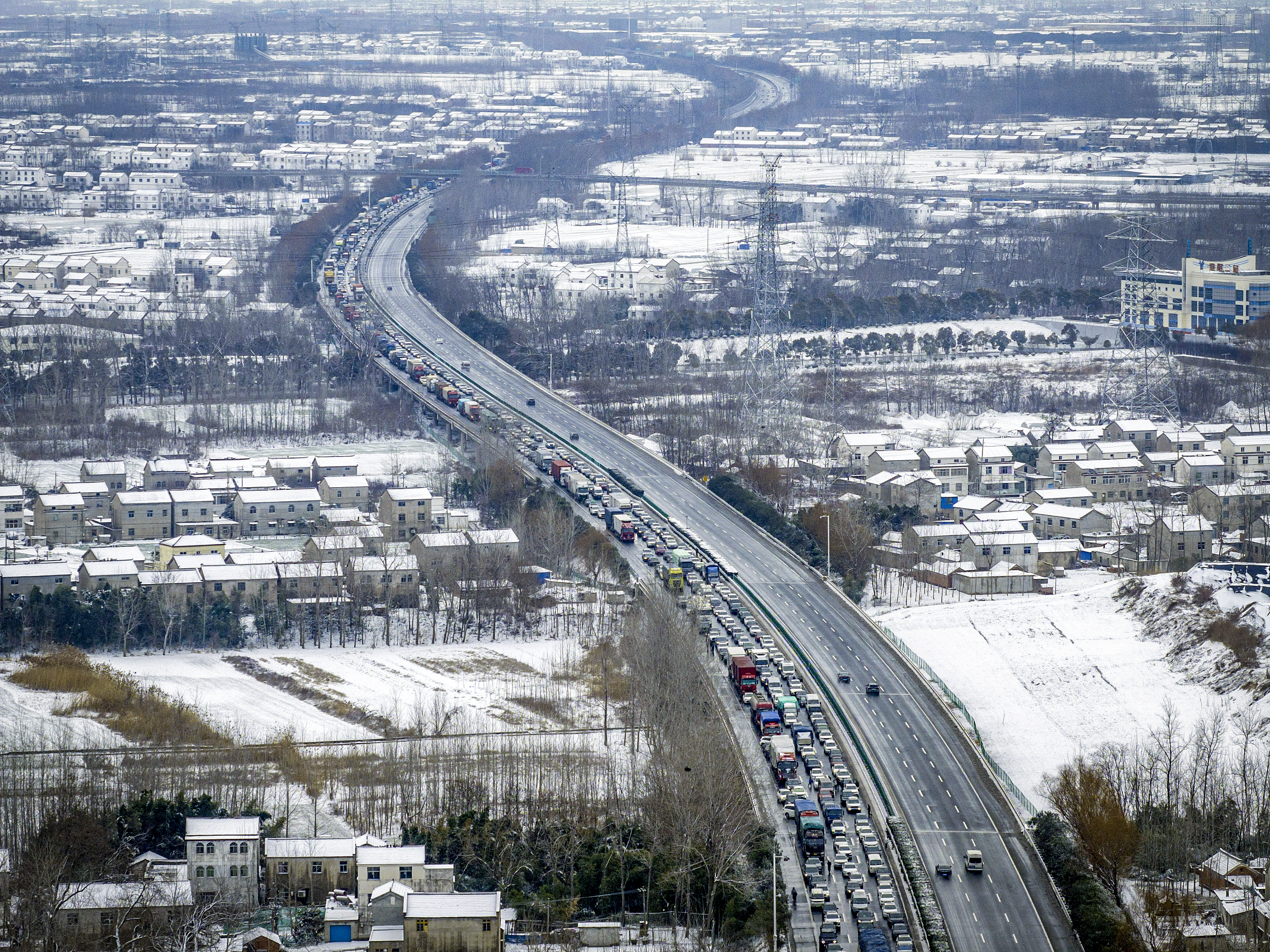
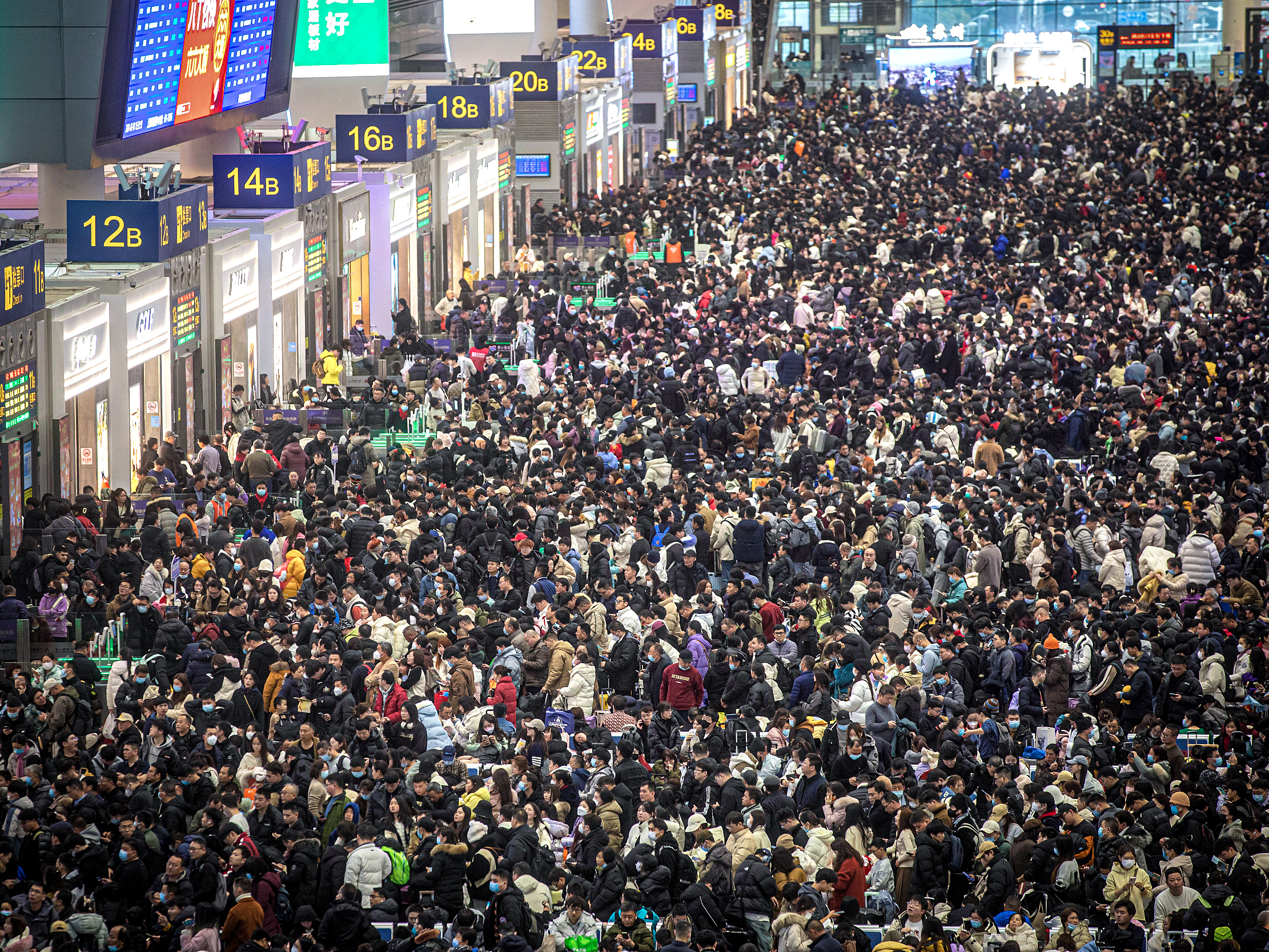
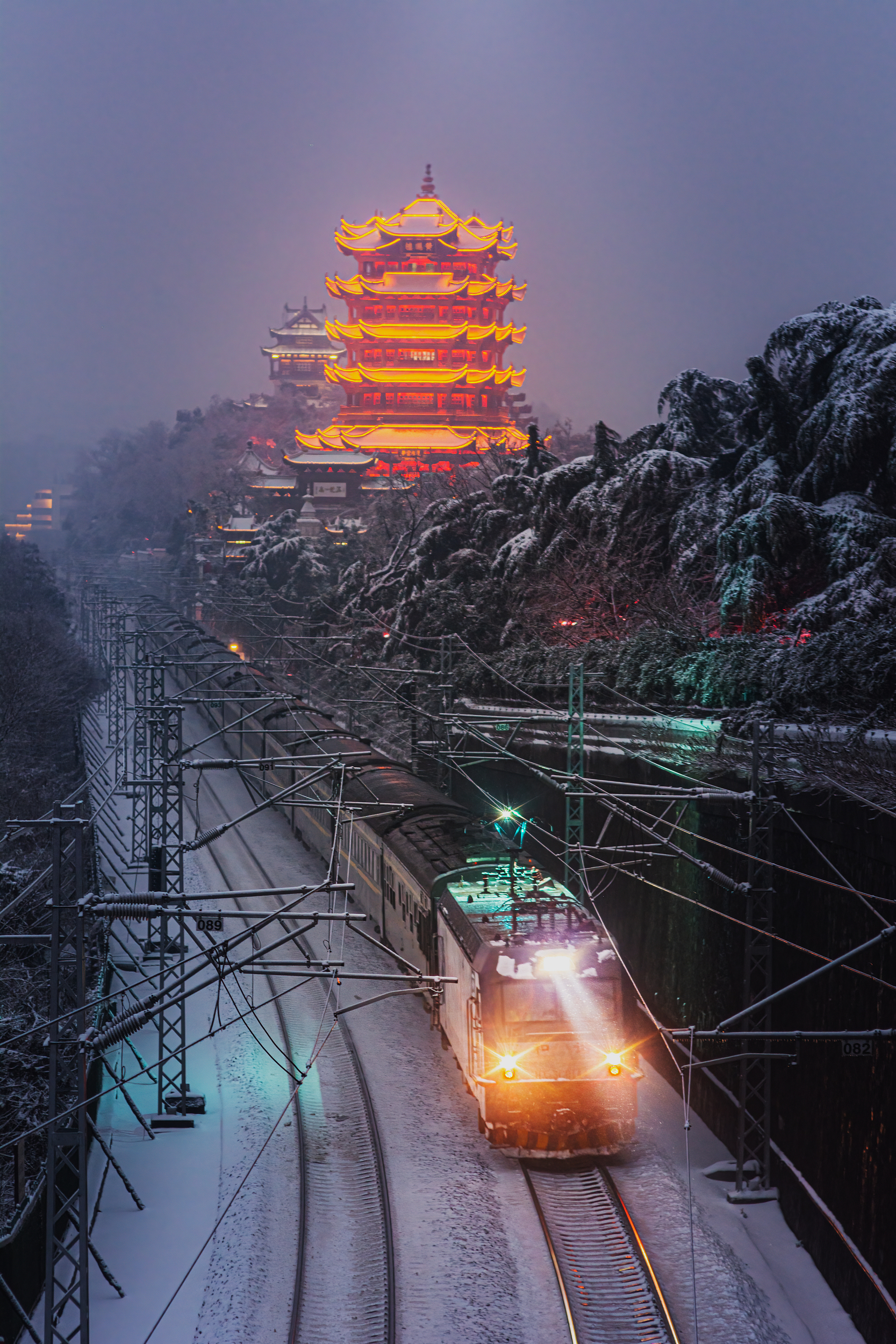
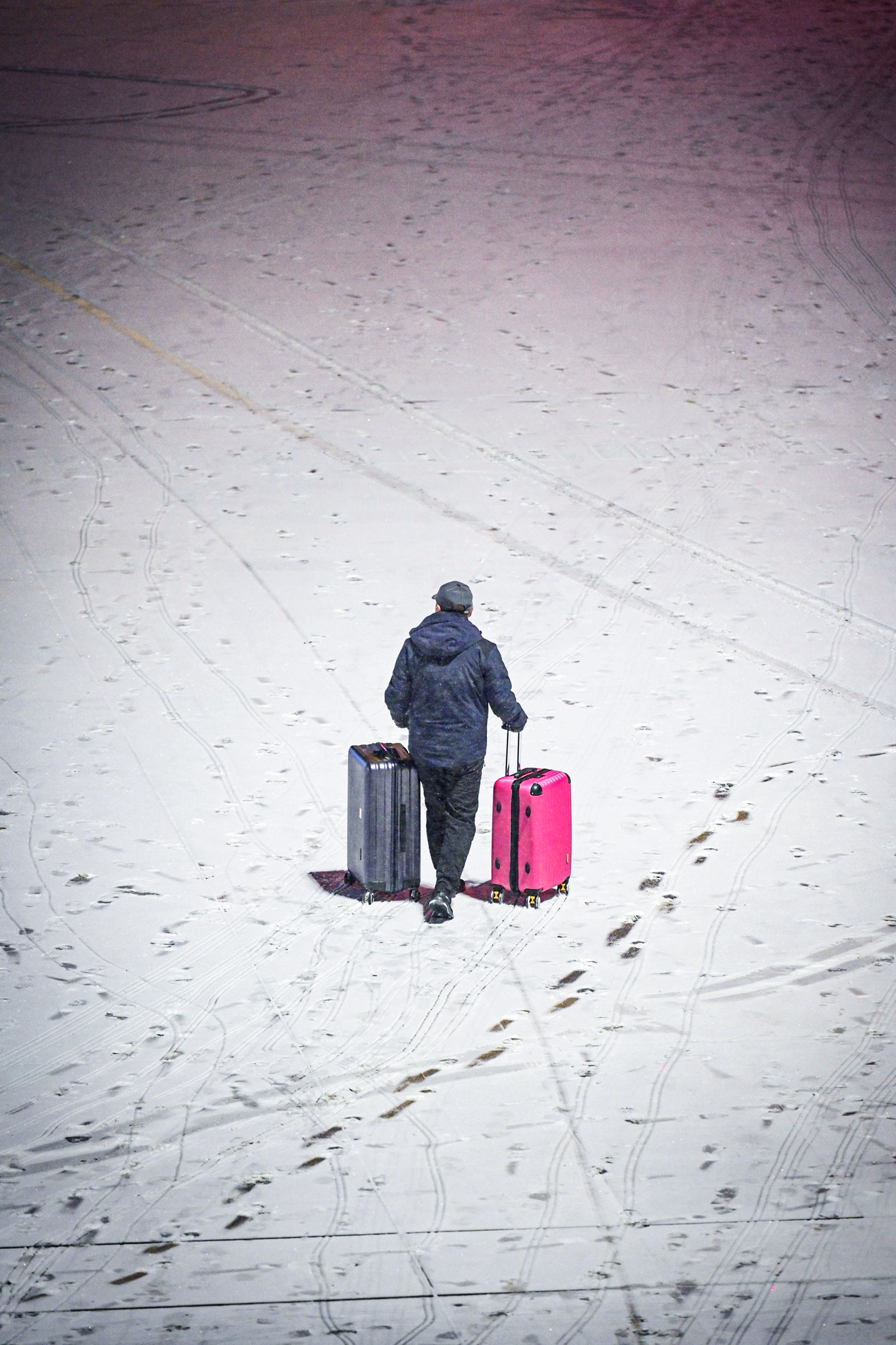
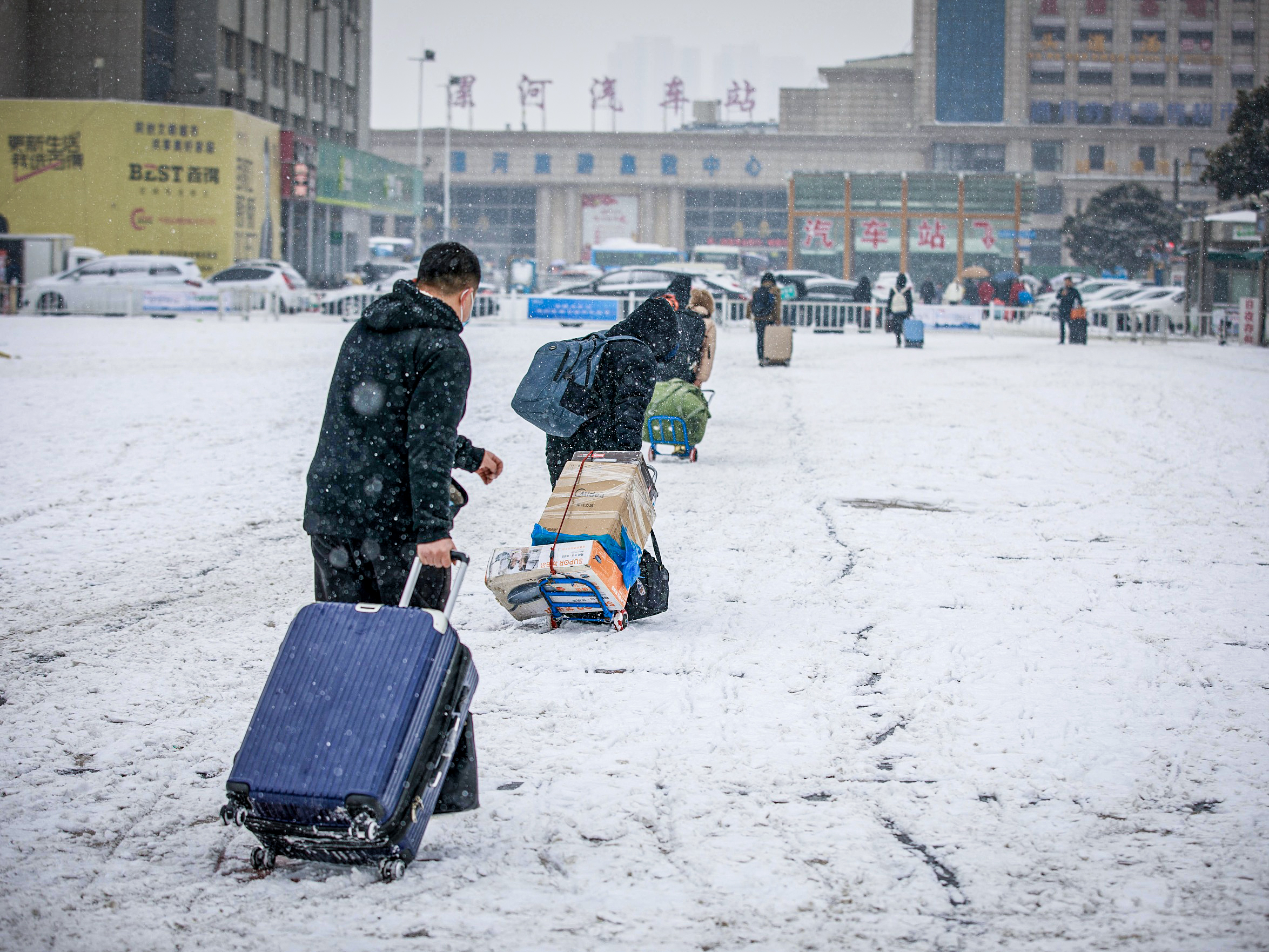
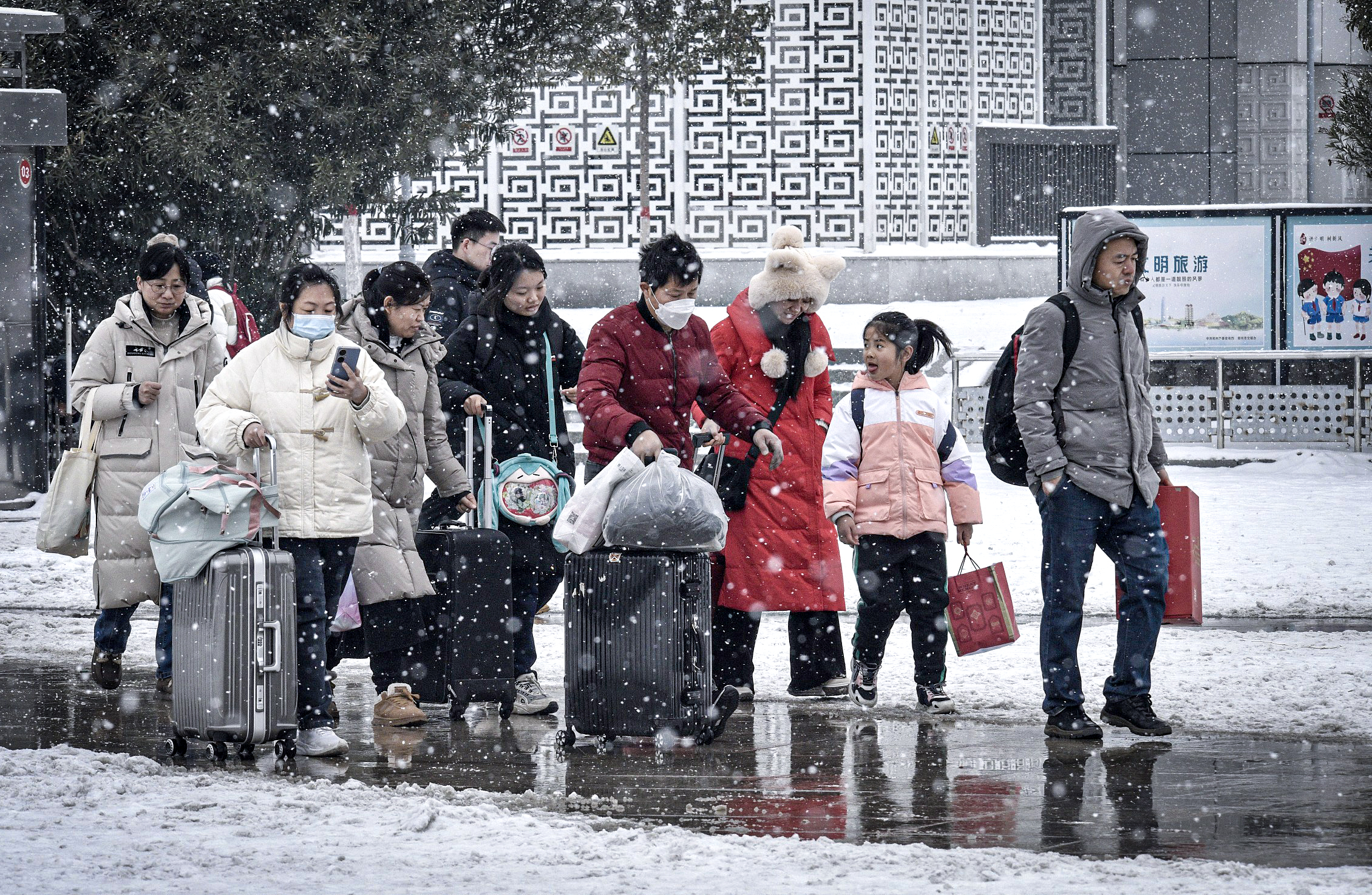

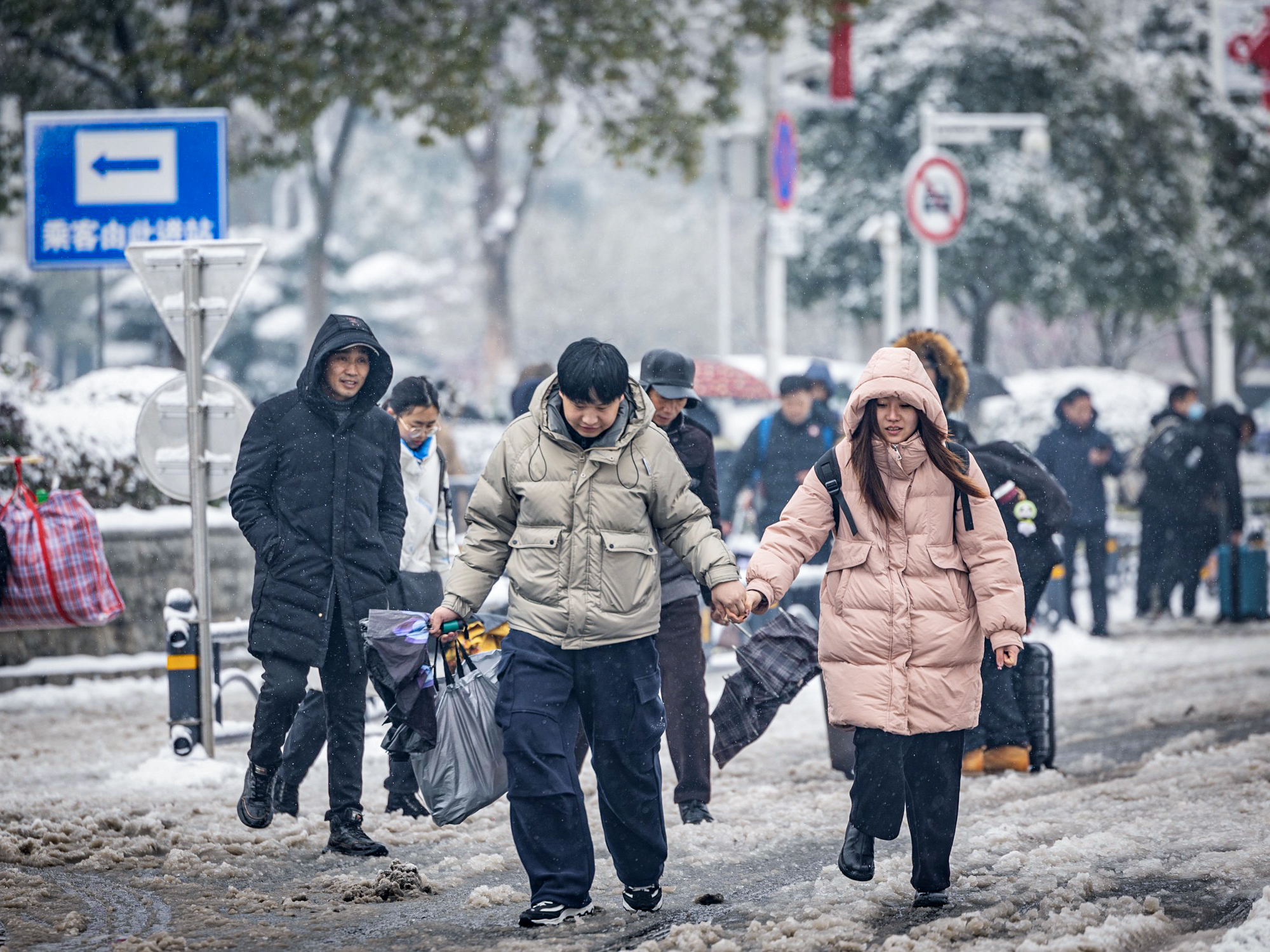
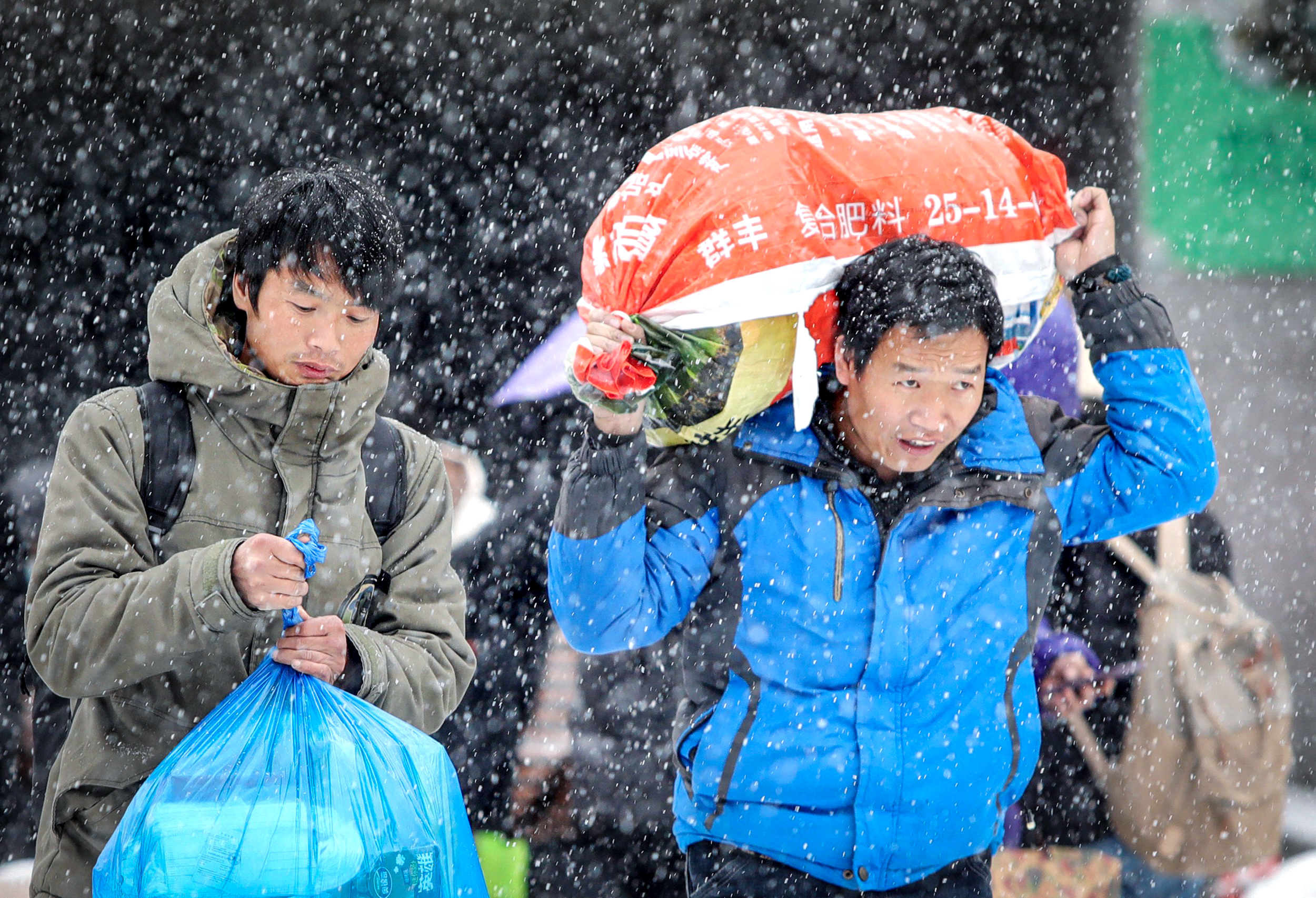
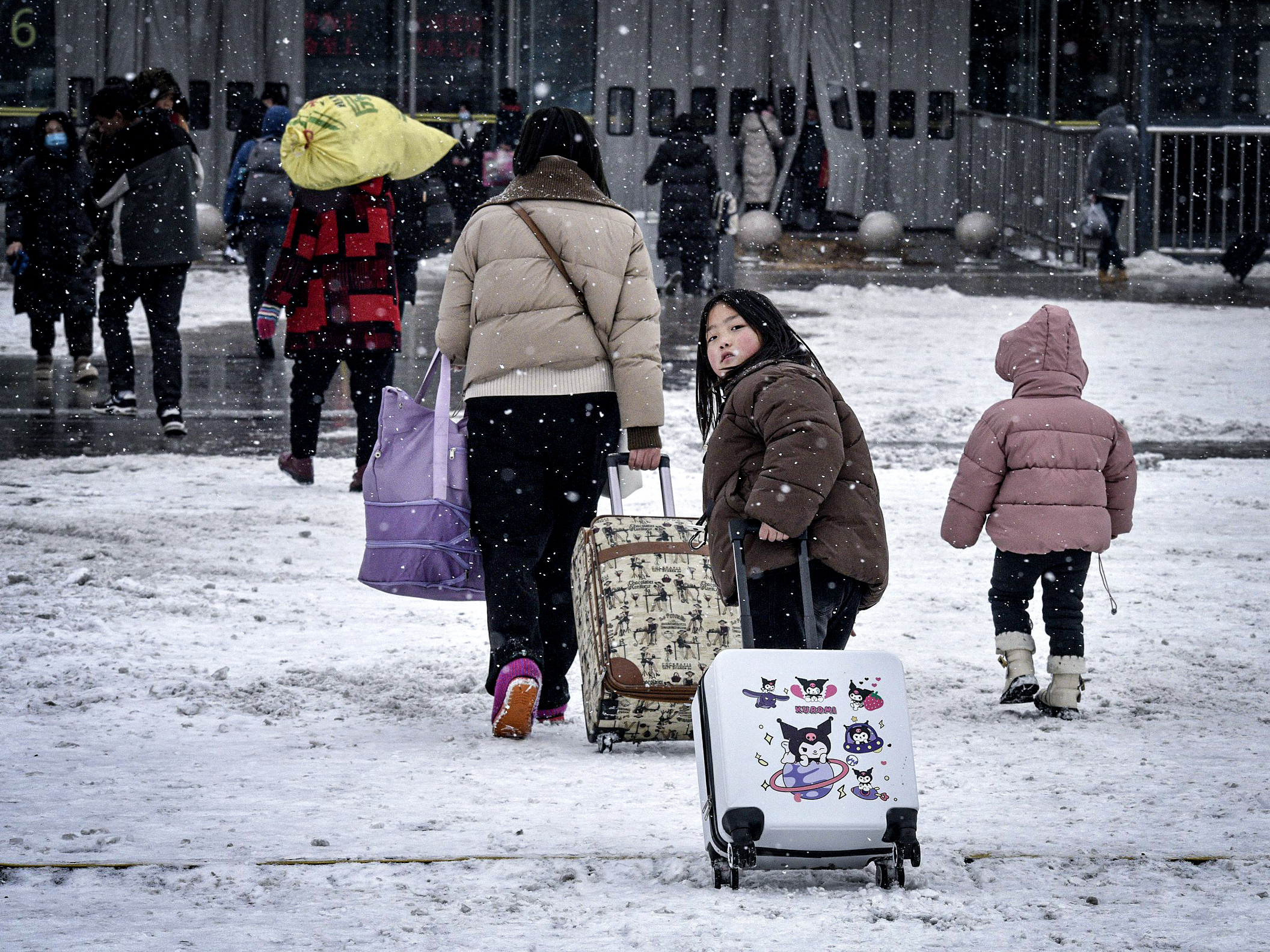
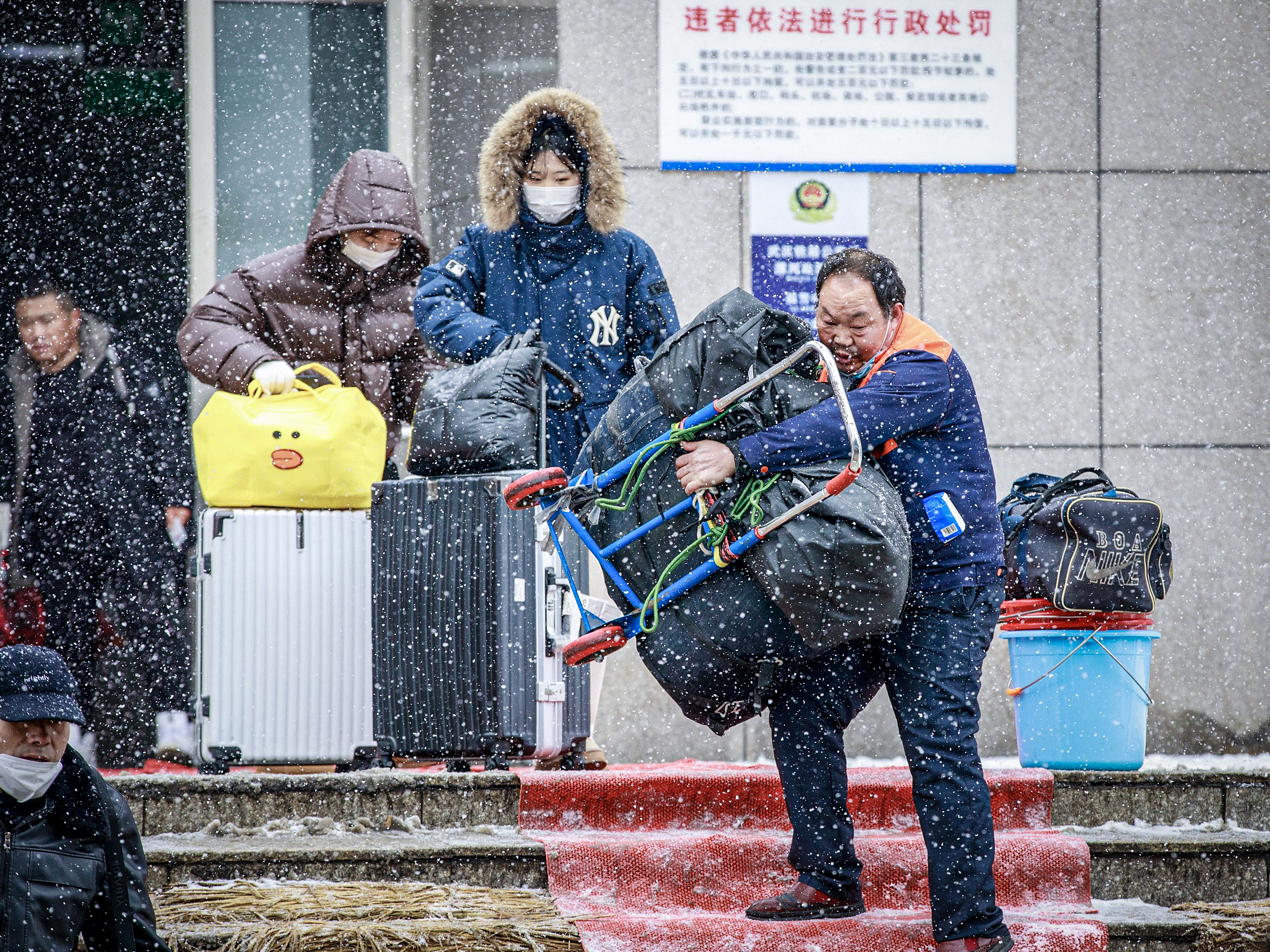
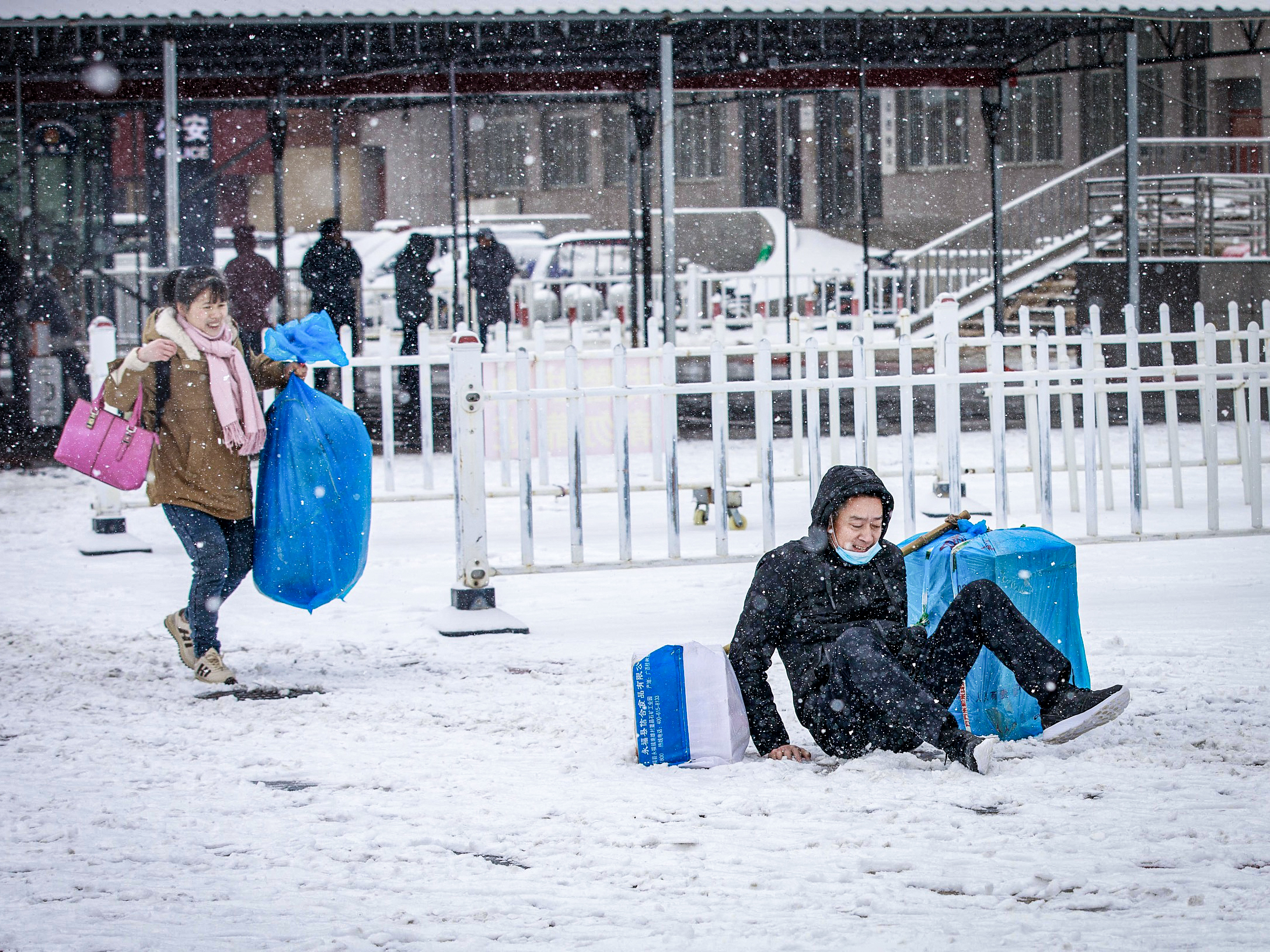
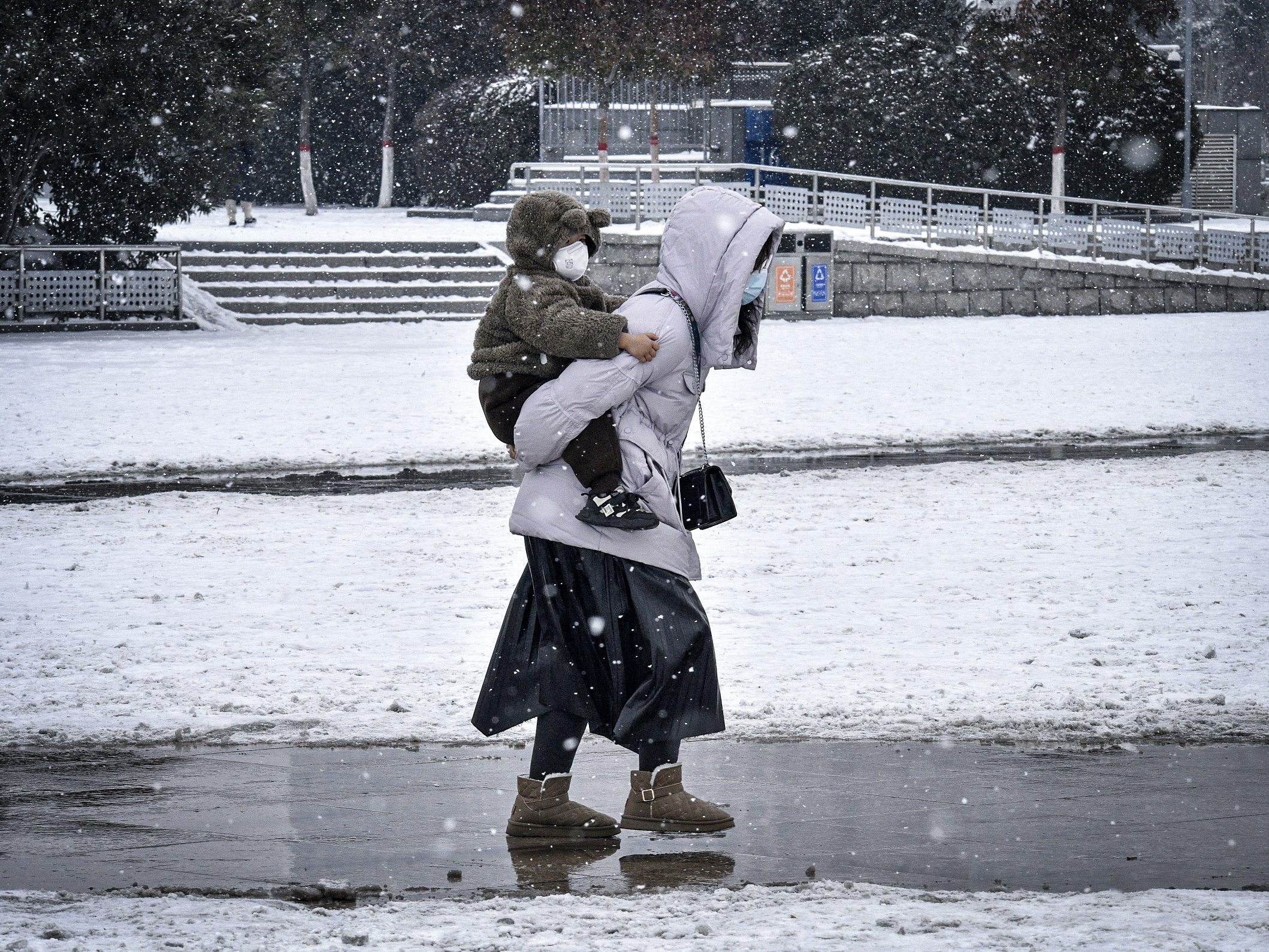

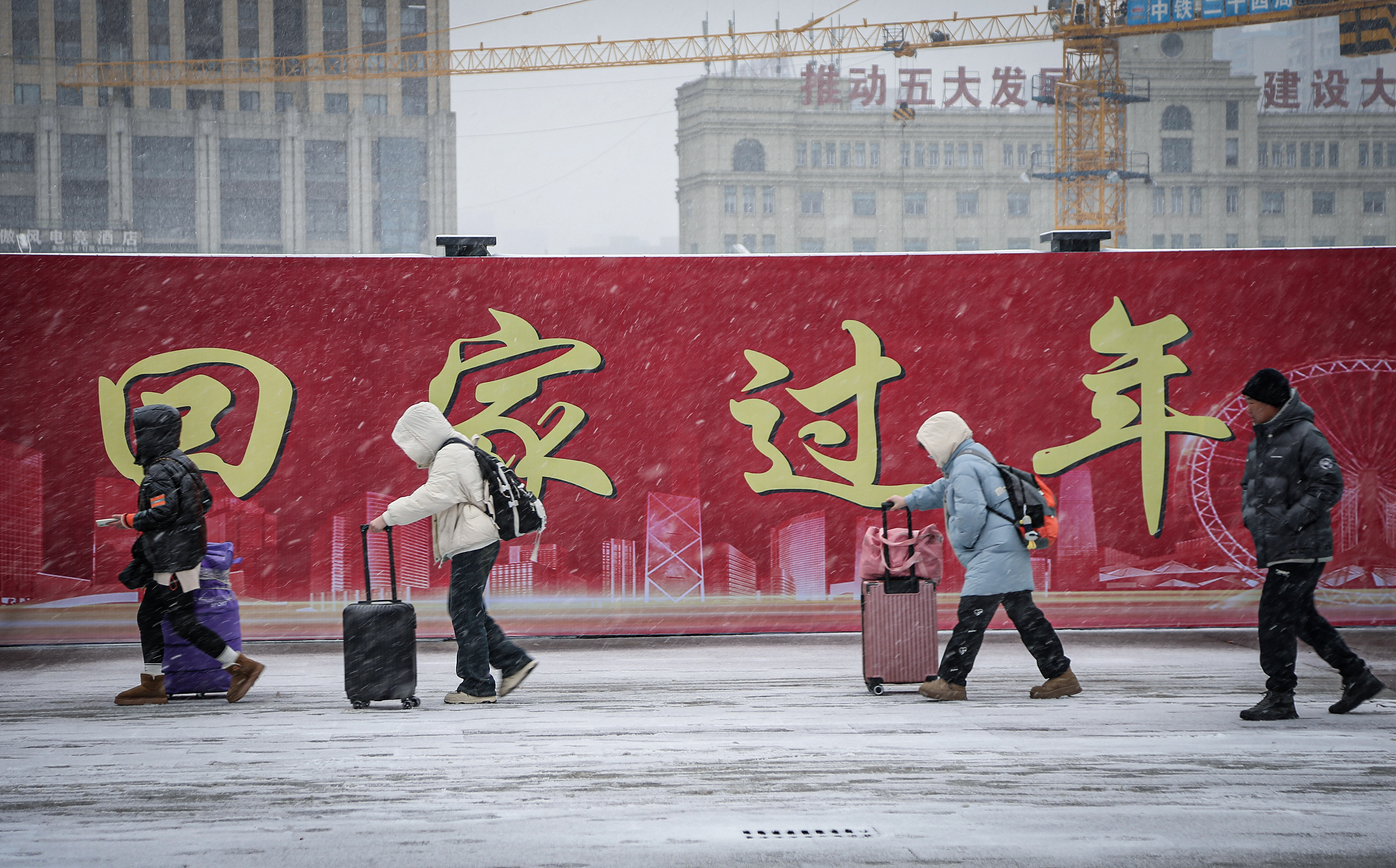
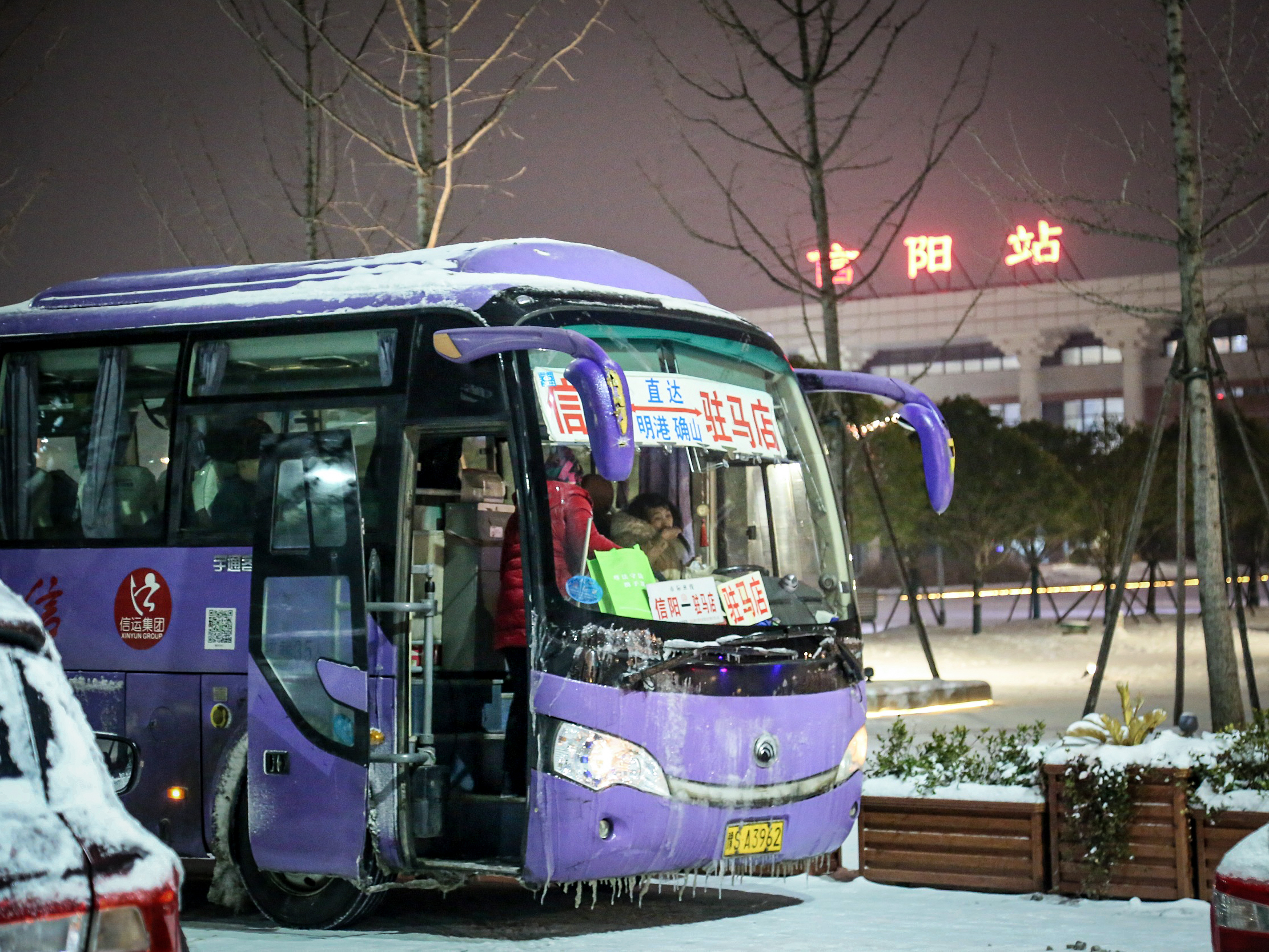
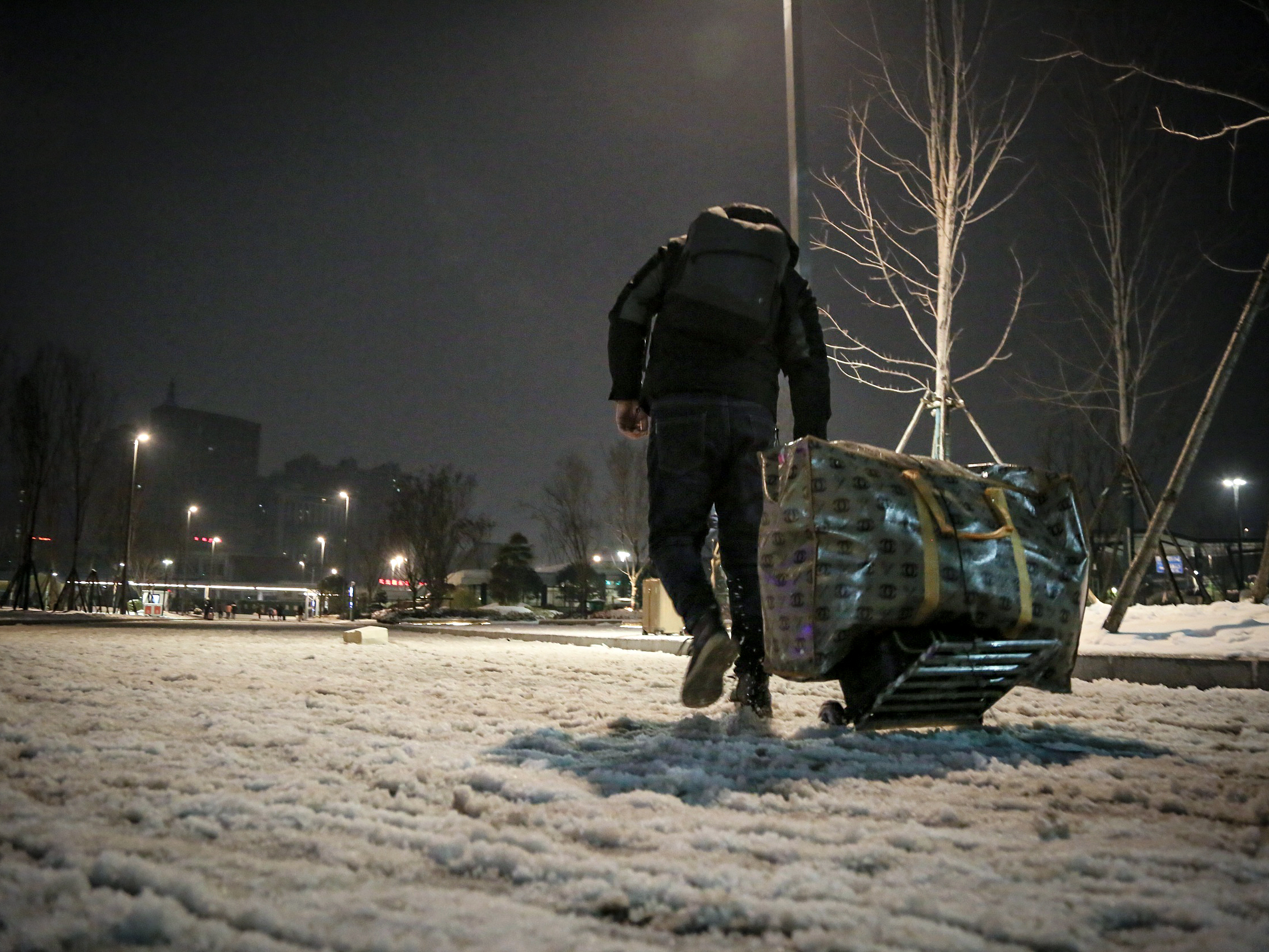
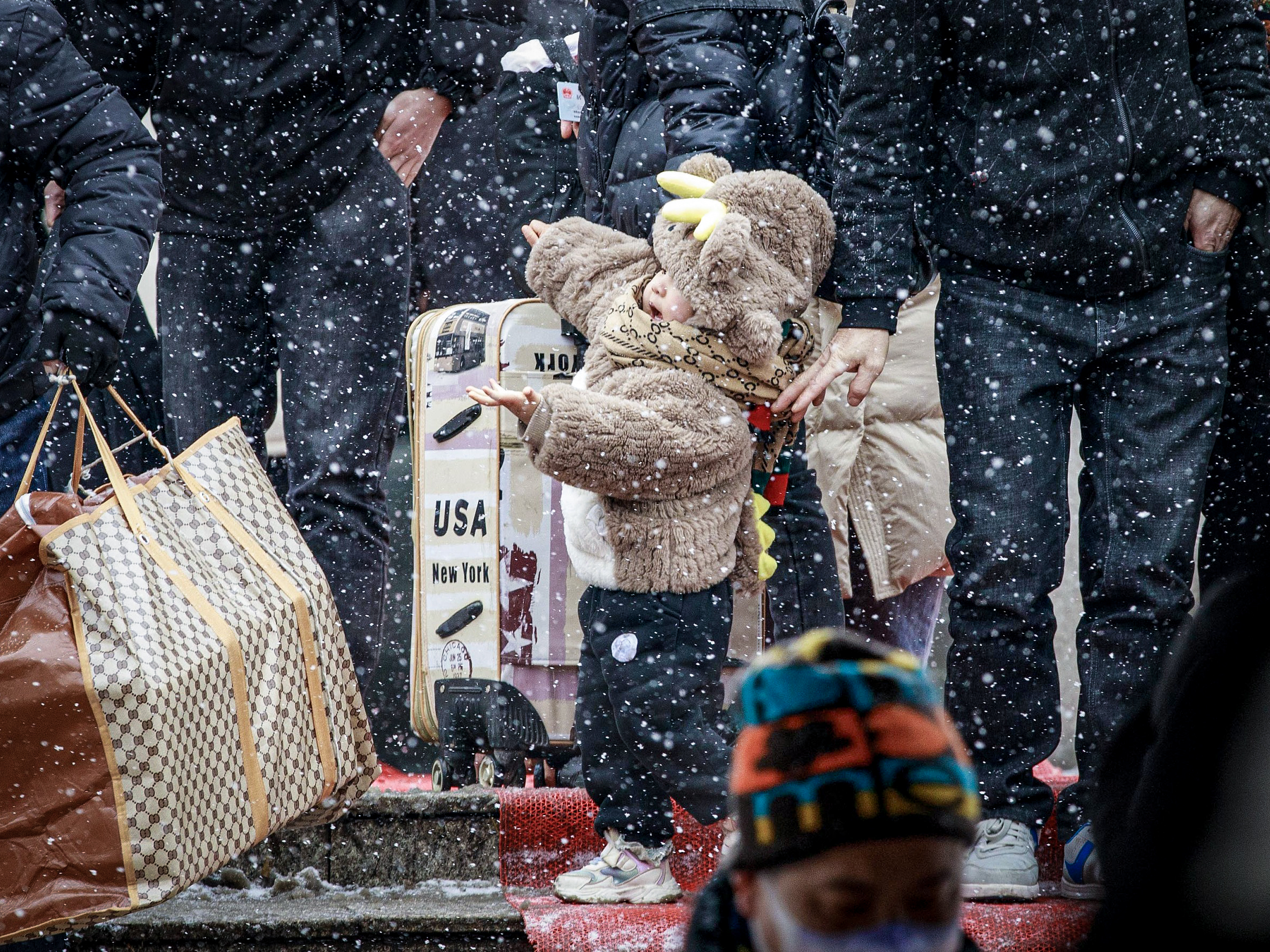
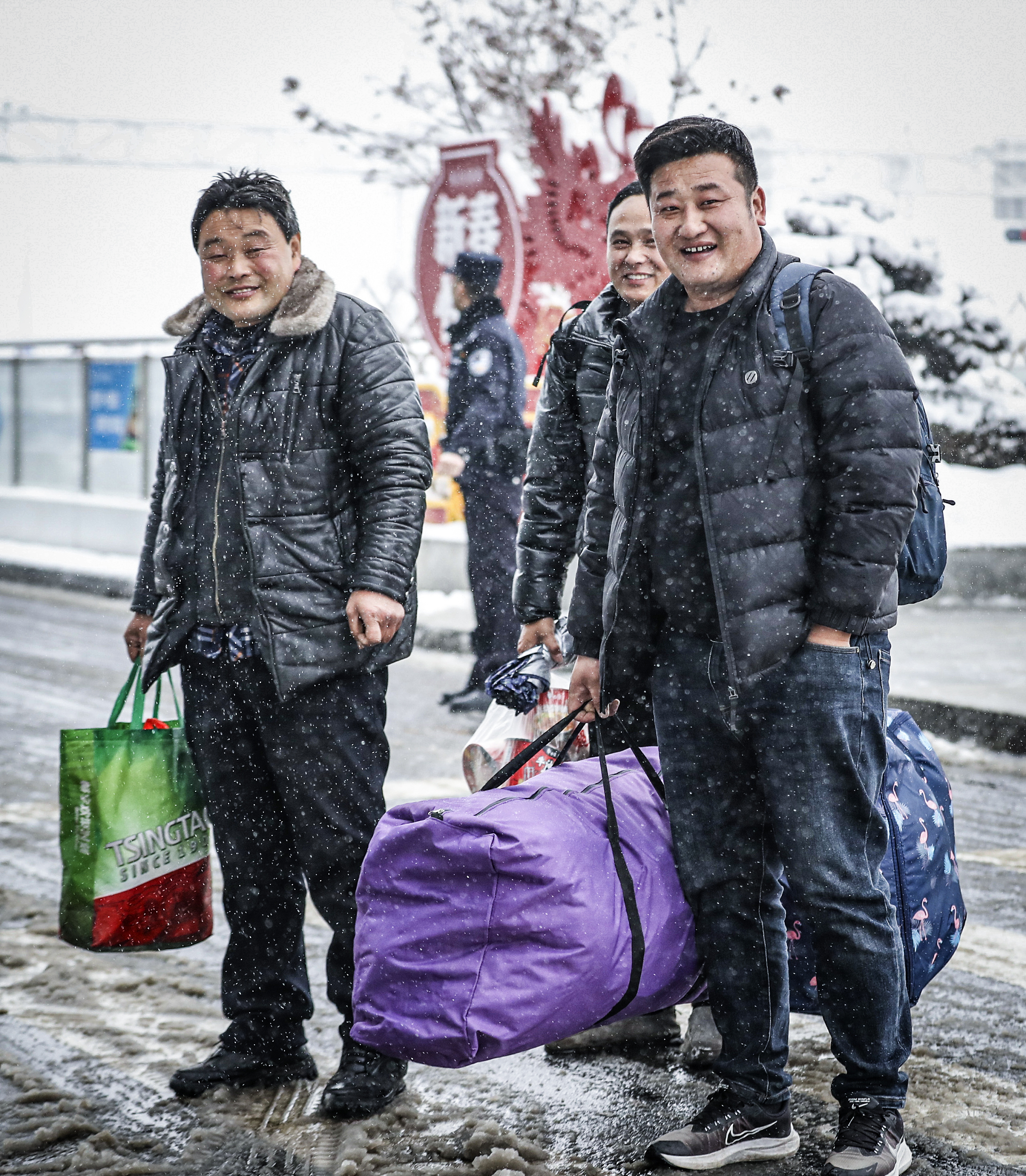

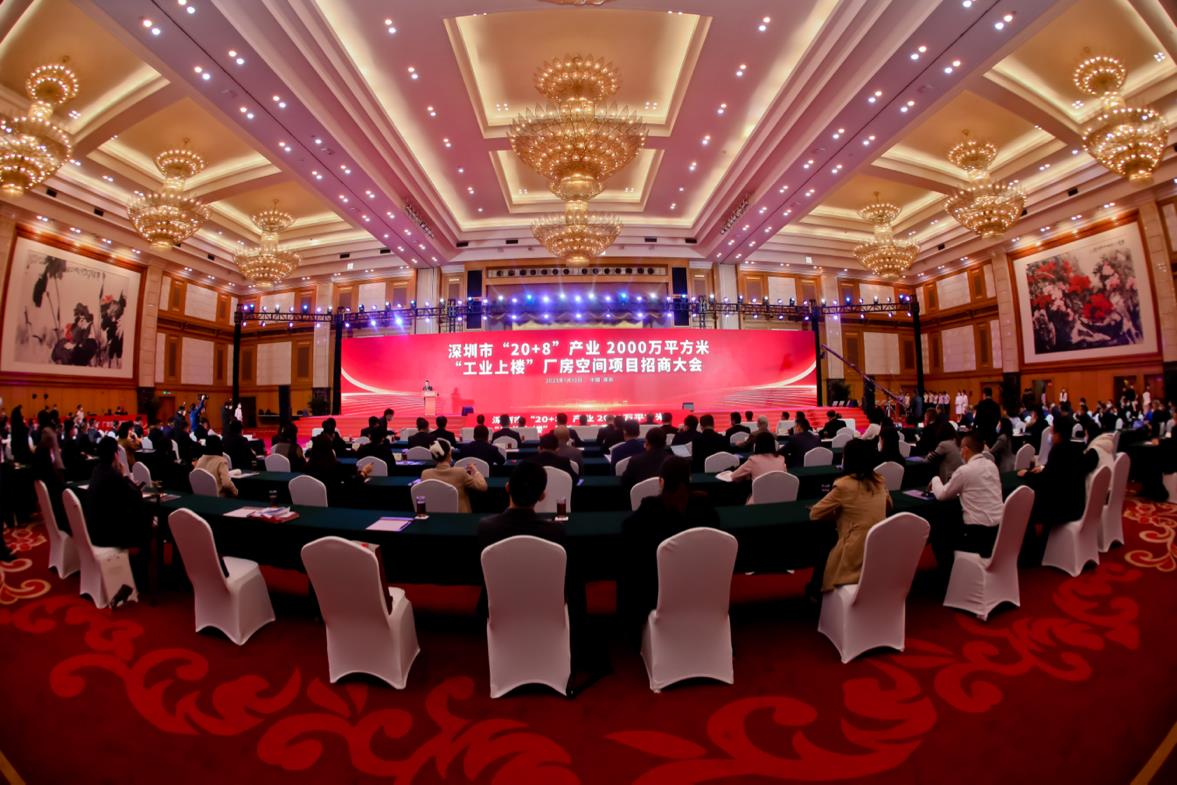

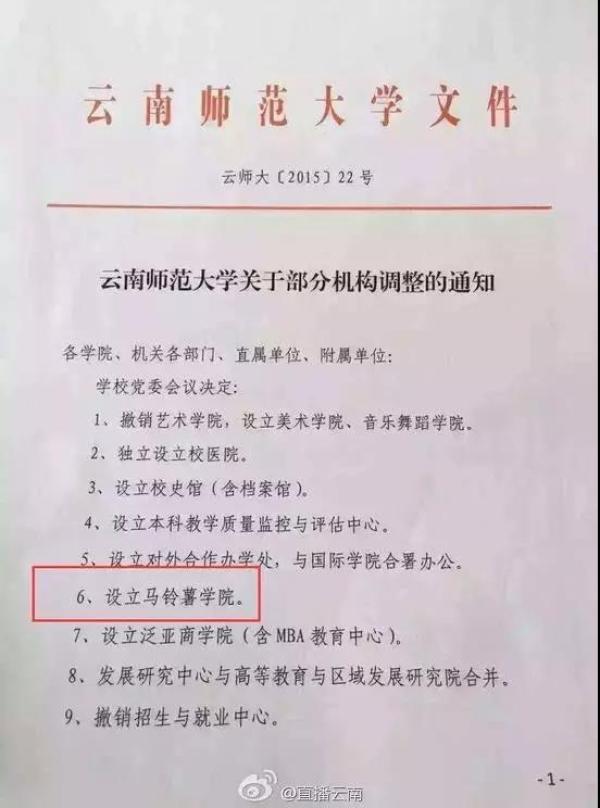
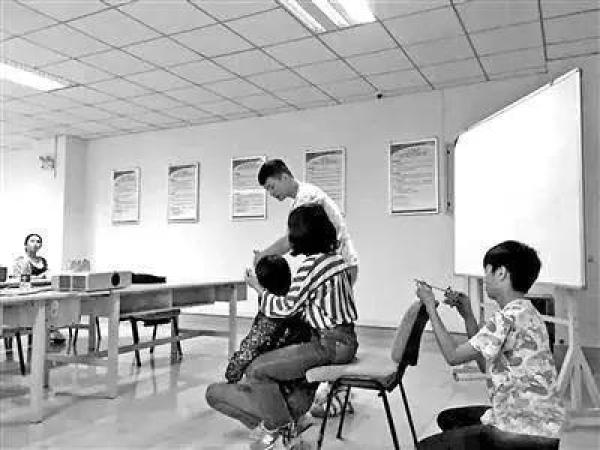
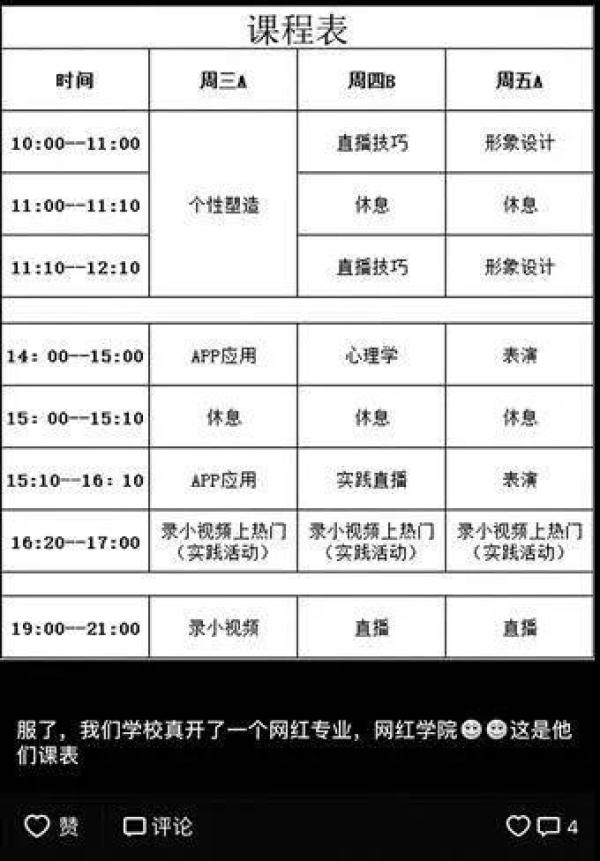
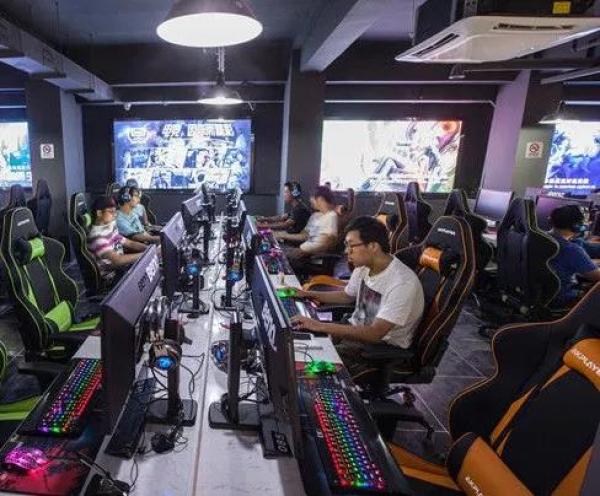
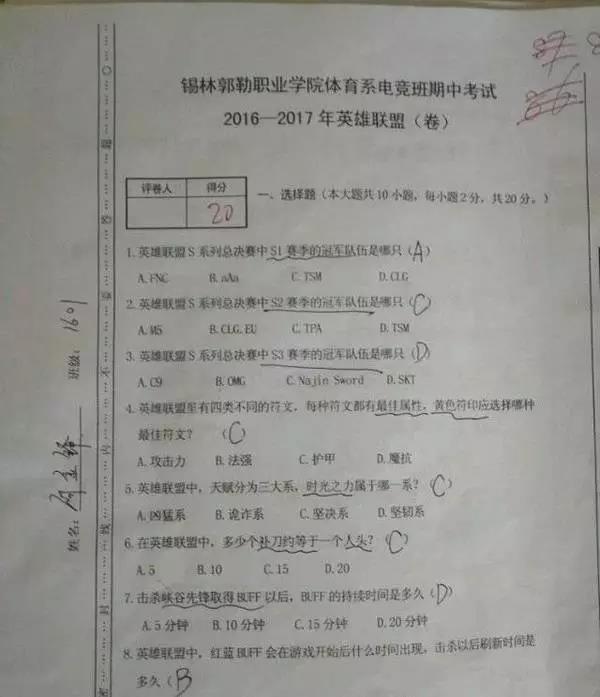
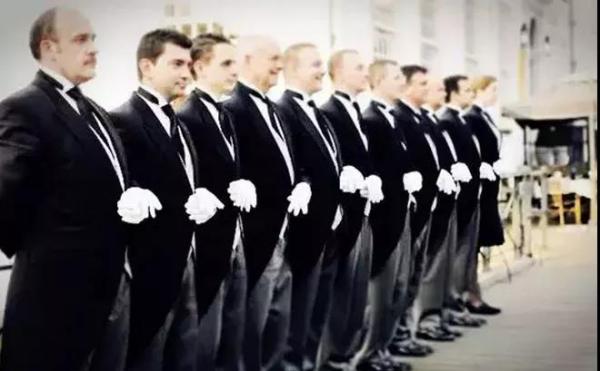

 1. Bill of Quantities for Prevention and Control of Epidemic Normalization in COVID-19. pdf
1. Bill of Quantities for Prevention and Control of Epidemic Normalization in COVID-19. pdf